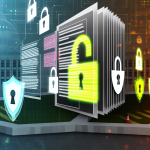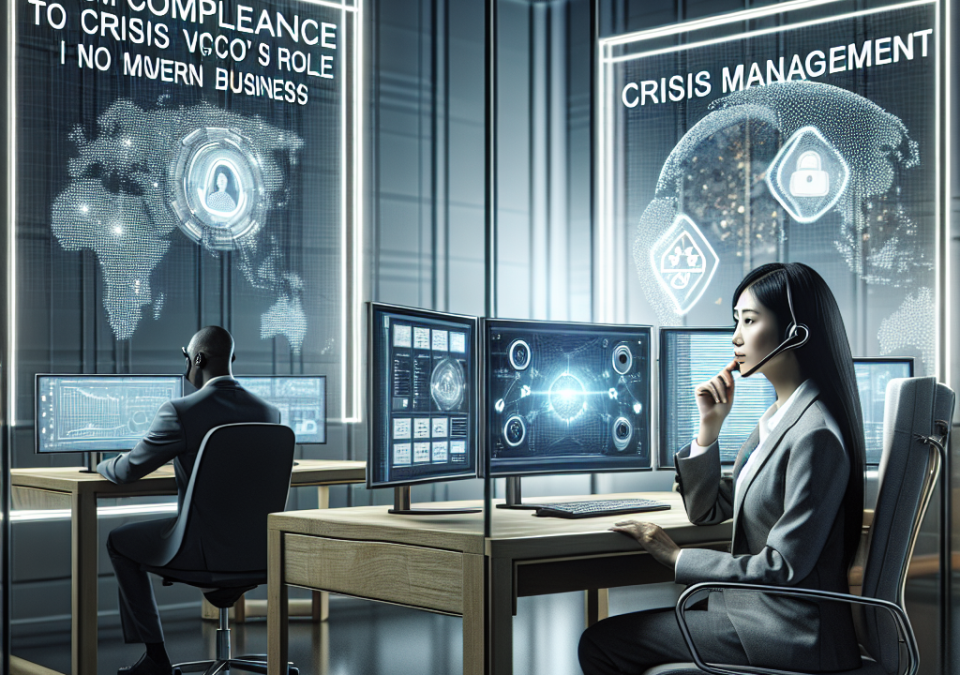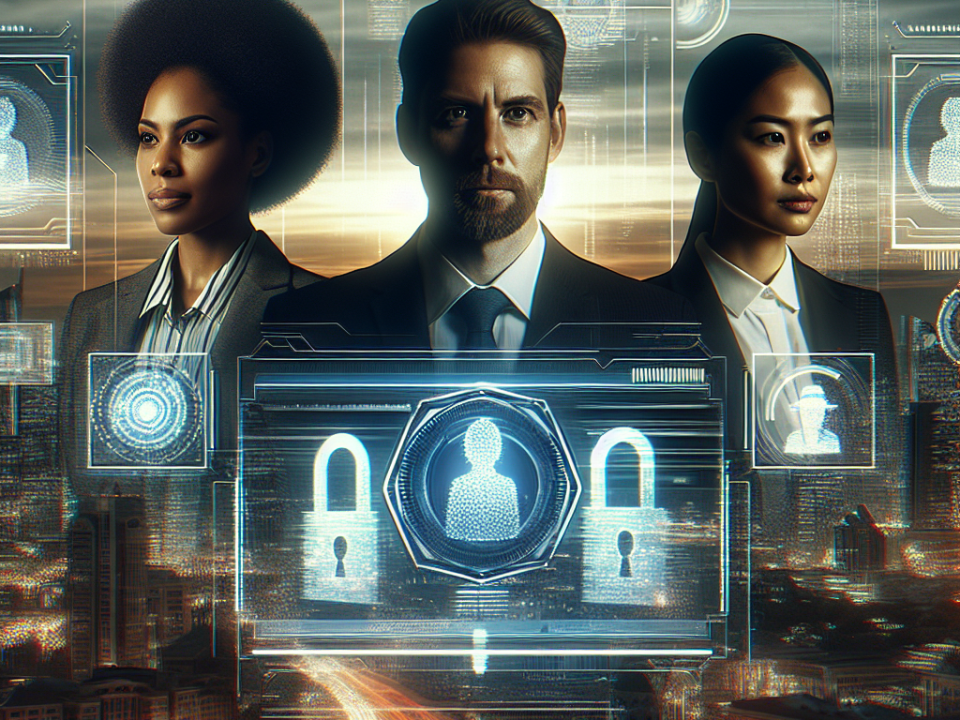
Case Studies in Compliance: Success Stories in Regulatory Cybersecurity
August 7, 2025
The Intersection of Privacy Laws and Cybersecurity: A Regulatory Perspective
August 8, 2025
In today’s rapidly evolving digital landscape, security threats are more complex and pervasive than ever before. As organizations navigate this minefield, the role of the Virtual Chief Information Security Officer (vCISO) has emerged as a formidable asset. Beyond just compliance, today’s vCISOs are at the forefront of crisis management, playing a crucial role in the holistic approach needed to protect organizations from a myriad of risks.
Understanding the vCISO Role
A vCISO is typically an external expert or service provider who offers the strategic and operational functions of a Chief Information Security Officer without the full-time cost. This arrangement can be invaluable for small to medium-sized enterprises (SMEs) that may not have the budget to support a full-time security executive, yet still require robust security strategies to counteract emerging threats.
Compliance: The Traditional Focus
Historically, one of the primary responsibilities of a vCISO was to ensure compliance with various regulatory frameworks, such as GDPR, HIPAA, PCI-DSS, and more. Compliance-focused activities include:
- Risk Assessments: Evaluating current security measures and identifying vulnerabilities.
- Policy Development: Crafting security policies that align with legal and industry standards.
- Training and Awareness: Educating staff about compliance requirements and best security practices.
These activities are critical; failing to meet compliance can result in hefty fines and reputational damage. However, the role of the vCISO is evolving, as compliance alone no longer adequately addresses the complexities of modern cyber threats.
Crisis Management: Adapting to New Threat Landscapes
The transition from a purely compliance-focused role to that of a crisis manager marks a significant evolution in the responsibilities of a vCISO. Modern businesses face threats ranging from data breaches and ransomware to emerging risks like supply chain attacks and insider threats. As such, the vCISO’s responsibility has expanded to include:
Preemptive Strategies
A proactive approach to crisis management involves multiple components:
- Incident Response Planning: Crafting a detailed action plan for potential security incidents, outlining roles, responsibilities, and communication protocols.
- Continuous Monitoring: Implementing ongoing surveillance of networks to quickly detect and respond to suspicious activity.
- Scenario Planning: Running tabletop exercises to simulate crises, helping organizations understand their response capabilities and identify areas for improvement.
Real-time Response
When a security incident occurs, the vCISO takes a pivotal role in managing the crisis. This includes:
- Crisis Communication: Serving as a liaison between IT teams, executive leadership, customers, and sometimes media, ensuring accurate and timely information flow.
- Crisis Coordination: Managing the incident response team and ensuring that the appropriate technical measures are taken to mitigate damage.
Post-incident Analysis
Once the immediate crisis has been contained, the vCISO’s job isn’t finished. A thorough postmortem analysis is vital to understand the root cause of the incident and how to prevent future occurrences. This involves:
- Forensic Analysis: Investigating how the breach happened, which systems were affected, and data that may have been compromised.
- Reporting and Recommendations: Compiling findings into actionable insights that can refine policies, enhance training, and strengthen the overall security posture.
Bridging Compliance and Crisis Management
While compliance and crisis management may seem distinct, they are inherently interconnected. A strong compliance framework provides a foundation that can mitigate risks and establish a culture of security awareness within the organization. Conversely, an organization that practices effective crisis management can better respond to compliance violations or breaches when they occur.
Conclusion: A Strategic Partner for Today’s Business Environment
As organizations encounter unprecedented challenges related to cybersecurity, the role of the vCISO is more critical than ever. Transitioning from a focus on compliance to a broader mandate encompassing crisis management allows businesses to not only safeguard their assets but also navigate the intricacies of today’s threat landscape.
In this context, vCISOs are not just security officers; they are strategic partners, guiding organizations through both everyday security measures and major crises. Their expertise helps develop a culture of security, ensuring that when a storm hits, businesses are equipped to weather the crisis, emerging stronger and more resilient than before.







